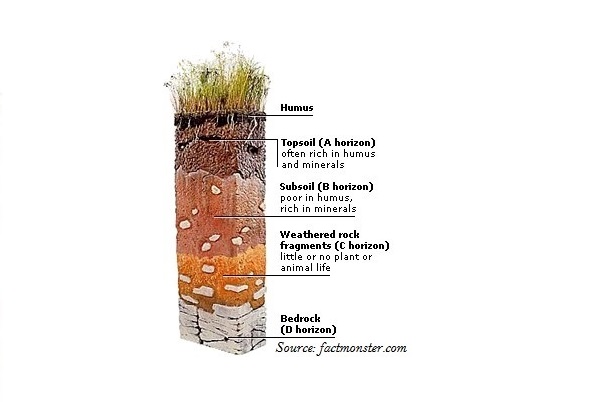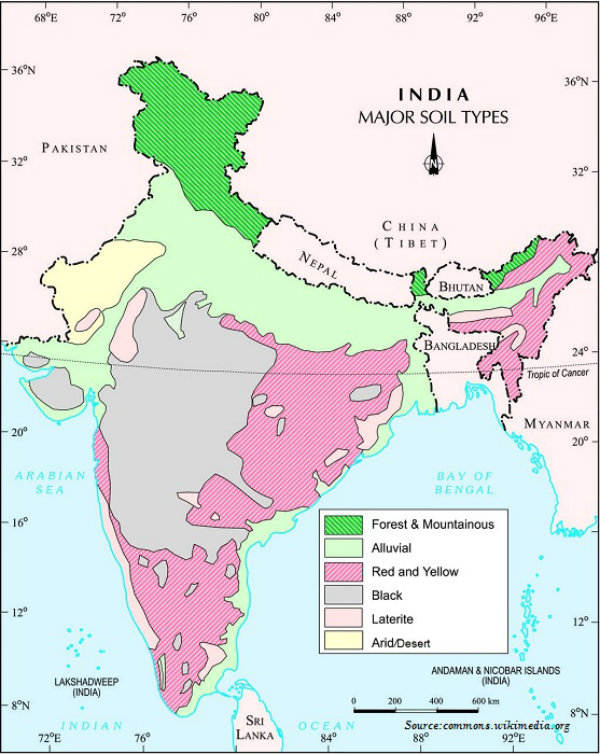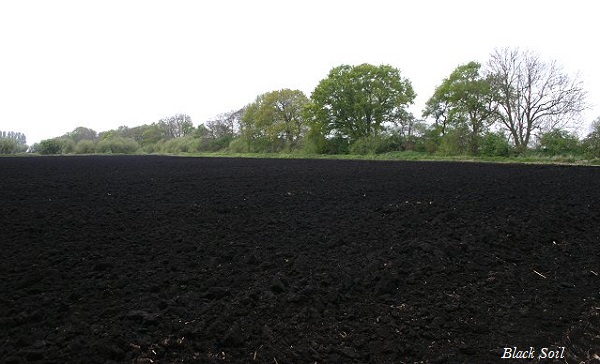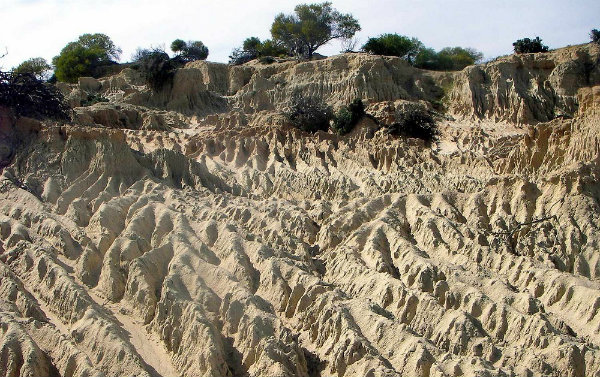
- Geography India - Introduction
- Geography India - Physical Aspect
- Geography India - Drainage System
- Geography India - Climate
- Geography India - Natural Vegetation
- Geography India - National Forest
- Geography India - Wildlife
- Geography India - Soil
- Geography India - Land Resources
- Geography India - Agriculture
- Geography India - Mineral Resources
- Geography India - Energy Resources
- Geography India - Industry
- Geography India - Transport
- Geography India - Communication
- Geography India - Foreign Trade
- Geography India - The People
- Geography India - Settlement
- Geography India - Migration
- Regional Development
- Geography India - Disasters
- Geography of the World
- Geography World - Introduction
- Evolution of the Earth
- Geography World - Climate
- Geography World - Transport
- Geography World - Communications
- Geography World - Population
- Human Settlement
- Human Development
- International Trade
- Geography Useful Resources
- Geography - Online Quiz
- Geography - Online Test
- Geography - Quick Guide
- Geography - Useful Resources
- Geography - Discussion
Geography India - Soil
Introduction
Soil is very important and a valuable resource for every human being.
Soil is the mixture of rock debris and organic materials, which develop on the earths surface.
The major factors that determine soils characteristics are parent material, climate, relief, vegetation, time, and some other life-forms.
Major constituents of the soil are mineral particles, humus, water, and air.
A soil horizon is a layer generally parallel to the soil crust, whose physical characteristics differ from the layers above and beneath.
Soil Profile
Soil Horizon is classified into three categories − Horizon A, Horizon B, and Horizon C; collectively known as Soil Profile (i.e. the arrangement of soil layers).

Horizon A is the topmost zone, where organic materials stored with the minerals, nutrients, and water, necessary for the growth of the plants.
Horizon B is the transition zone between the horizon A and horizon C, and hence, it contains matter derived from horizon A as well as from horizon C.
Horizon C is composed of loose parent material and hence, it is the layer of first stage of the soil formation process and eventually forms the above discussed two layers.
Classification of Soil
Soils were classified on the basis of their inherent characteristics and external features including texture, color, slope of land, and moisture content in the soil.
Soil Survey of India, established in 1956, made comprehensive study of soils.

-
On the basis of genesis, color, composition, and location, the soils of India have been classified as −
Alluvial soils
Black soils
Red and Yellow soils
Laterite soils
Arid soils
Forest soils
Saline soils
Peaty soils.
Alluvial Soils
Alluvial soils are widespread in the northern plains and the river valleys and cover about 40% of total area of India.
Alluvial soils are depositional soils, as transported and deposited by the rivers streams.
Alluvial soils are normally rich in potash, but poor in phosphorous.
In the Upper and Middle Ganga plain, two different types of alluvial soils are found i.e. Khadar (it is the new alluvium and is deposited by floods annually) and Bhangar (it is a system of older alluvium, deposited away from the flood plains).
The alluvial soils normally vary in nature from sandy, loamy, to clayey and its color varies from light grey to ash grey.
Black Soils
Also popular as Regur Soil or the Black Cotton Soil, Black soil covers most of the Deccan Plateau; for example, black soil is found in parts of Maharashtra, Madhya Pradesh, Gujarat, Andhra Pradesh, and Tamil Nadu.

Black soil is usually clayey, deep, and impermeable; therefore, it can retain the moisture for a very long time (very useful for the crops especially cotton).
Black soil is rich in lime, iron, magnesia, alumina, and also potash.
The color of the black soil varies from deep black to grey.
Red & Yellow Soils
Red soil develops on crystalline igneous rocks in the areas of low rainfall, especially, in the eastern and southern parts of the Deccan Plateau.
Red soil develops a reddish color because of a wide diffusion of iron in crystalline and metamorphic rocks. On the other hand, it develops yellow color when it occurs in a hydrated form.
The fine-grained red and yellow soils are usually fertile, whereas coarse-grained soils found in dry upland areas have poor fertility.
The red and yellow soils normally have poor content of nitrogen, phosphorous and humus.
Laterite Soils
The laterite soils develop in areas of high temperature and high rainfall.
The laterite soils are commonly found in Karnataka, Kerala, Tamil Nadu, Madhya Pradesh, and the hilly areas of Odisha and Assam.
Laterite soils are the result of intense leaching due to tropical rains; because of rain, lime and silica are leached away, and soils become rich in iron oxide and aluminum.
Laterite soils however are poor in organic matter, nitrogen, phosphate, and calcium, but rich in iron oxide and potash.
Laterite soils are normally infertile; however, it is widely to make bricks (used in building construction).
Normally sandy in structure and saline in nature, arid soils vary from red to brown in color.
Arid Soils
Lower horizons of the arid soils are occupied by kankar layers because of the increasing calcium content downwards.
Arid soils have poor content of humus and organic matter.
Arid soils are typically developed in western Rajasthan.
Saline Soils
Saline soils contain a larger proportion of sodium, potassium, and magnesium, and thus, they are infertile, and do not support vegetation.
Because of the dry climate and poor drainage system, saline soil contains more salt.
Saline soils are normally found in arid and semi-arid regions, as well as in waterlogged and swampy areas.
Deficient in nitrogen and calcium, saline soils are found in western Gujarat, deltas of the eastern coast, and in Sunderban areas of West Bengal.
Forests Soils
Forest soils are usually formed in the forest areas where sufficient rainfall is available.
Like other organism, soils are living systems, as they too develop and decay, get degraded, and respond to proper treatment if administered in time.
Peaty Soils
In the areas of heavy rainfall and high humidity, large quantity of dead organic matter accumulates and enrich humus and organic content that forms the peaty soils.
Peaty soils are normally heavy and black in color and widely found in the northern part of Bihar, southern part of Uttaranchal, and the coastal areas of West Bengal, Odisha, and Tamil Nadu.
Decline in soil fertility because of any reason (either natural or human induced) is known as soil degradation (example shown in the image given below).
